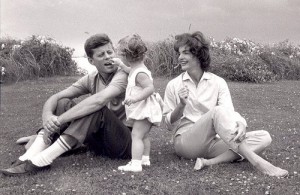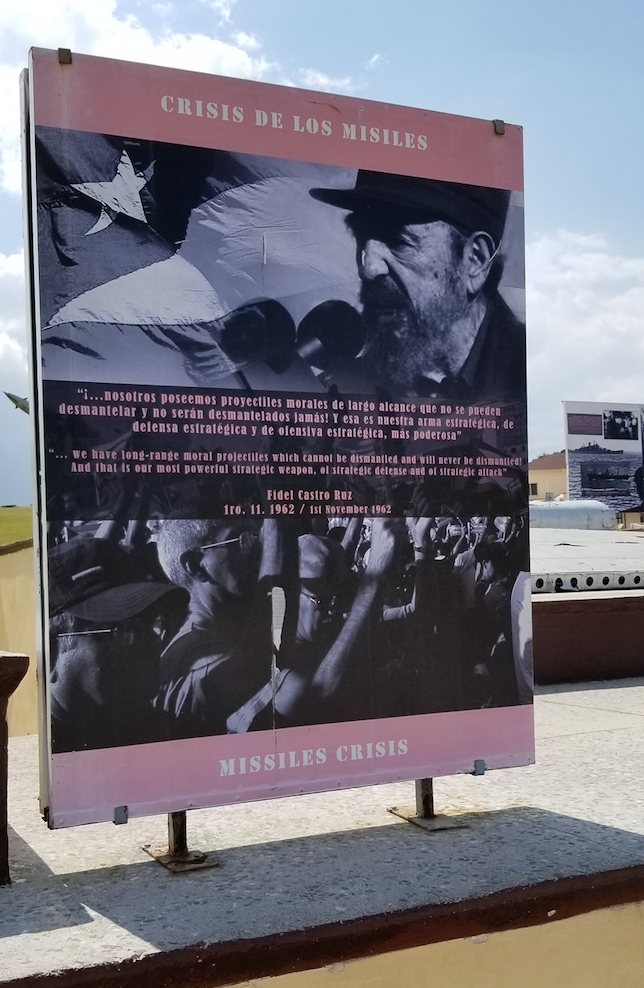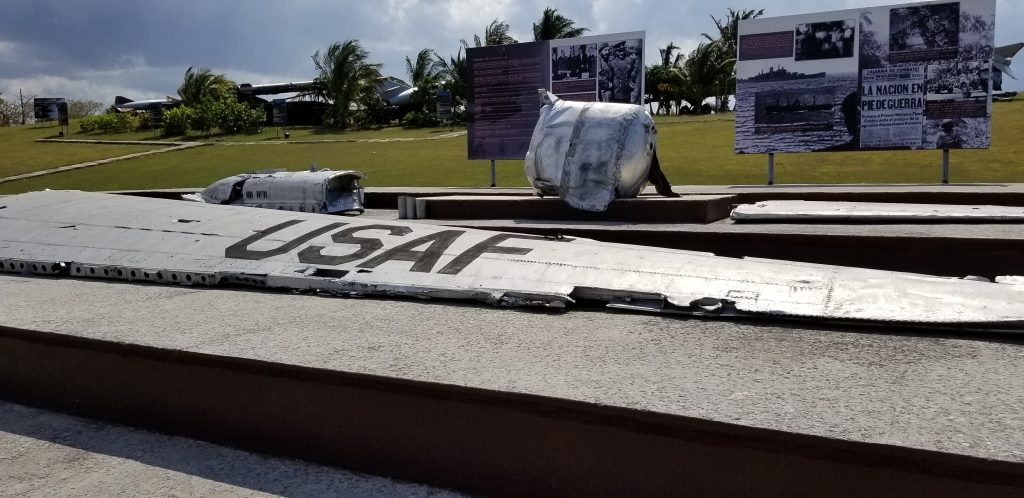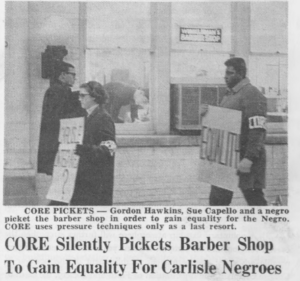Who deserves the most credit for achieving civil rights reforms in the mid-1960s?
Brands, Chapter 5: Abraham Lincoln Walks at Midnight (1961-65)
- The New Frontiersmen (pp. 100-03)
- To the Brink (pp. 103-08)
- Dreams of a Better Day (pp. 108-14)
- Lyndon Johnson’s Stetson (pp. 115-18)
- Free at Last? (pp. 118-22)
- A Greater Society (pp. 122-27)
- Crossing the Bridge (pp. 127-30)
Image Gateway
Overview
H.W. Brands covers the rise of the modern civil rights movement across two chapters in his book, American Dreams. In chapter 3, he describes how the 1950s marked the resurgence of civil rights protests for the roughly 17 million American blacks who still endured Jim Crow in the South or faced other forms of persistent discrimination in the North. Brands illustrates the post-war civil rights movement by focusing on the impact of the two monumental Supreme Court decisions in the 1954 and 1955 Brown cases, and also on the 1955-6 Montgomery Bus Boycott. In chapter 4, he continues the story in the early 1960s, examining the grassroots movement that Rev. Martin Luther King, Jr. helped build in the aftermath of the bus boycott and how the multi-dimensional confrontation in the Kennedy-Johnson era ultimately led to the passage of the landmark 1964 Civil Rights Act and the 1965 Voting Rights Act.
Cuban Missile Crisis and the Evolving Cold War (1962)
 John F. Kennedy entered the White House with his young family in January 1961. He was the youngest man elected president of the United States, and the only Catholic so far. He only served for about three years, or a thousand days, but his legacy remains among the most widely discussed and debated. H.W. Brands focuses on two episodes more than any other: the Cuban Missile Crisis and the civil rights protests that escalated dramatically in the early 1960s. How would you assess Kennedy’s leadership in those pivotal areas?
John F. Kennedy entered the White House with his young family in January 1961. He was the youngest man elected president of the United States, and the only Catholic so far. He only served for about three years, or a thousand days, but his legacy remains among the most widely discussed and debated. H.W. Brands focuses on two episodes more than any other: the Cuban Missile Crisis and the civil rights protests that escalated dramatically in the early 1960s. How would you assess Kennedy’s leadership in those pivotal areas?
“Thirteen Days” (2001)
Understanding LBJ and the Great Society
- Civil Rights (1964) and Voting Rights (1965)
- War on Poverty programs (1964)
- Elementary and Secondary Education (1965)
- Immigration Reform (1965)
- Medicare and Medicaid (1965)
See the notorious 1964 “Daisy Girl” campaign commercial
- MLK and LBJ
- LBJ and Richard Russell
CASE STUDY: CARLISLE IN THE 1960s
From Amanda Sowah’s oral history project: “There were some individuals on campus that were interested in the Civil Rights movement. They came together and formed a local chapter on the Congress of Racial Equity (CORE), another student run organization that aimed to fight racism in local spaces and on national platforms. Ms. Rogers remembers that “Ten or fifteen of us who were interested in what was going on down south. We formed a CORE chapter, and we were practicing.”[12] CORE worked in the local community, working with landlords to ensure that they were following integration laws and focusing on small businesses like the Winkleman’s barbershop. While Ms. Rogers was part of starting the organization, she was overwhelmed and uncomfortable with what she had to deal with as a protestor. She explains: “I don’t want the white folks calling me names and whatnot. And I’m not in the cell.”
CASE STUDY: GIRARD COLLEGE IN THE 1960s
From Matthew Ferry’s oral history project: ‘”For residents of North Philadelphia, Girard’s wall was a symbol of exclusion, inequality, and racism. Behind these walls Ferry spent eight years of his life until he graduated in the spring of 1969. Reflecting on his youth and the city’s struggles to integrate, Ferry vividly recalls how West Philadelphia changed from when he “was born–from all white, to all black,” and the gang violence and protests that were prevalent just beyond Girard’s wall. He also recalls when times were different. Ferry fondly remembers hot summer nights in West Philadelphia when “all the families [in the neighborhood] would sleep outside on their front porches.”






